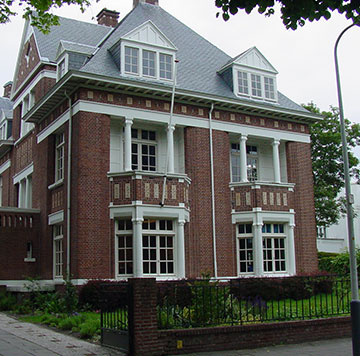RFTU-02 - Rapid fire session from selected oral abstracts
Foeniculum Vulgare Mill. Alleviates Microglia-mediated Neuroinflammatory Responses And Neurotoxin-induced Behavioral Responses In Cellular And Experimental Models Of Parkinson’s Disease
- By: KOPPULA, Sushruta (Konkuk University, Chungju, South Korea, South Korea)
- Co-author(s): Prof Sushruta Koppula (Department of Biomedical and Health Sciences, Konkuk University, Chungju, South Korea)
Prof Ramesh Alluri (Department of Pharmacology, Vishnu Institute of Pharmaceutical Education and Research, Narsapur, India)
Professor and Principal Sumalatha Gindi (Department of Pharmacology, VIKAS Institute of Pharmaceutical Sciences, Rajahmundry, India)
Prof Spandana Rajendra Kopalli (Department of Integrative Bioscience and Biotechnology, Sejong University, Seoul, South Korea) - Abstract:
Title: Foeniculum vulgare Mill. alleviates microglia-mediated neuroinflammatory responses and neurotoxin-induced behavioral responses in cellular and experimental models of Parkinson’s disease
Background information: Foeniculum vulgare Mill., from the family Apiaceae is an aromatic tropical herb cultivated in several countries including Asia and Mediterranean regions with various pharmacological properties.
Purpose: The aqueous fruit extract of F. vulgare (FVE) was evaluated for its potential anti-neuroinflammatory properties in cellular and experimental models of Parkinson’s disease (PD).
Methods: Lipopolysaccharide (LPS)-stimulated BV-2 microglia-mediated neuroinflammation in vitro and 1-methyl-4 phenyl-1, 2, 3, 6-tetrahydropyridine (MPTP)-induced PD animal model in vivo was investigated.
Results: FVE (25, 50, and 100 µg/mL) attenuated the LPS-stimulated increase in NO production and suppressed the altered levels of iNOS and COX-2 expression. Further, the enhanced proinflammatory mediators including interleukin-6 and tumor necrosis factor-alpha were also significantly inhibited by FVE in LPS-stimulated BV-2 cells. Furthermore, the disrupted antioxidative enzyme status such as superoxide dismutase, catalase, and glutathione in LPS-stimulated BV-2 cells was significantly ameliorated by FVE. Mechanistic studies revealed that FVE exhibited its anti-neuroinflammatory effects by mediating the NF-κB/MAPK signaling. In vivo studies, FVE (100, 200, and 300 mg/kg) ameliorated the MPTP (25 mg/kg, i.p.)-induced changes in locomotor, cognitive, and behavior functions evaluated by rotarod, passive avoidance, and open field test significantly (p < 0.05 ~ p < 0.001). High-performance thin-layer chromatography fingerprinting analysis of FVE exhibited several distinctive peaks with rutin, kaempferol -3-O-glucoside, and anethole as identifiable compounds.
Conclusion: Our study indicated that FVE restored the altered oxidative enzyme status and attenuated the neuroinflammatory processes in LPS-stimulated BV-2 microglia via regulating the NF-κB/MAPK signaling. Further, FVE restored the MPTP-induced behavioral deficits in vivo indicating the potential role of FVE in ameliorating microglia-mediated oxidative stress and neuroinflammation seen in various neurodegenerative disorders including PD.
Topic area: Academic Pharmacy.

